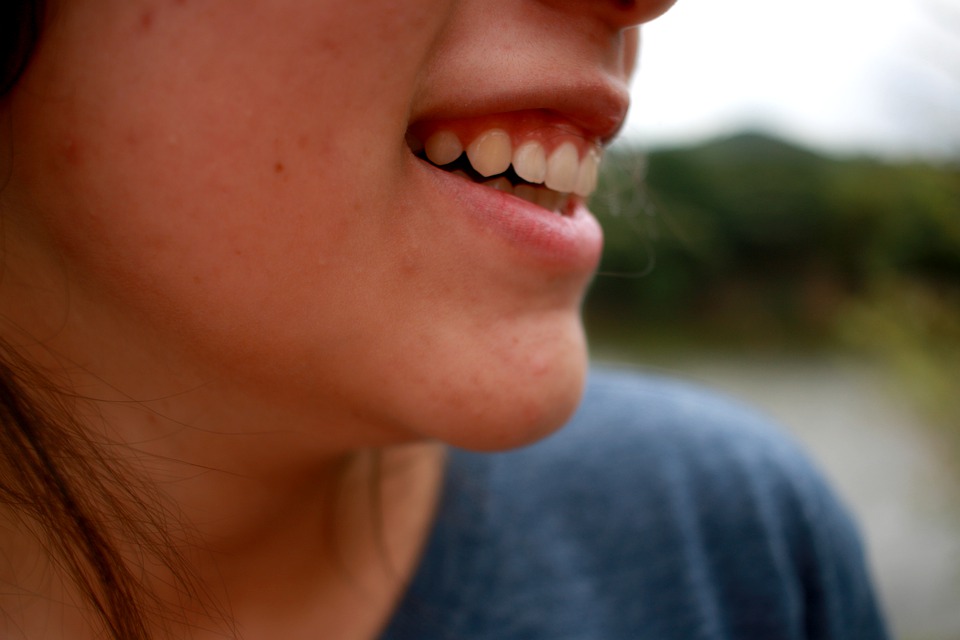
What Really Causes Acne?
Are you prone to acne? Here’s why you’re breaking out, and some simple solutions that might help you zap your zits.
Although acne is commonly associated with adolescence, many Americans struggle with their skin well into adulthood. In fact, acne is the most common skin disease in the U.S., afflicting more than 50 million Americans. If you’re part of the 15% of the population currently suffering from acne, chances are you’ve got two, burning questions on your mind: what’s causing these breakouts, exactly? And what are the best practices for conquering zits and keeping skin clear?
Unfortunately, due to a number of common misconceptions, many of those who suffer from acne don’t know how to go about seeking treatment. For instance, a surprising portion of the population still hangs on to the popular but erroneous belief that acne is primarily caused by poor hygiene or diet, leading them to pursue solutions that can actually exacerbate their condition. With that in mind, here are the three main causes of acne, along with some tried and true tips for each:
1. Oil Production
It’s fairly common knowledge that acne and oily skin tend to go hand-in-hand. But what is it about the production of oil that invites outbreaks? It’s not the oil itself — rather it’s an excess of sebum, a substance your glands secrete to lubricate both your skin and hair. “When your body produces an excess amount of sebum and dead skin cells,” Mayo Clinic explains. “The two can build up in the hair follicles, [forming] a soft plug,” thereby clogging your pores.
Thankfully, oil production is fairly easy to control with topical solutions, which can range from a simple, gentle face wash to topical gels like benzoyl peroxide, which helps limit oil production and acts as an anti-microbial agent.
2. Bacteria
Speaking of microbial, another one of the most prevalent causes of acne is the presence of bacteria. In many ways, bacteria finishes the job started by sebum — thriving inside clogged pores, these microorganisms are responsible for the inflammation associated with a breakout. And considering that the sebaceous glands that secrete sebum and oil have been found to express an inflammasome central to the inflammation that creates acne, it’s hardly difficult to imagine how adding bacteria to the mix could complicate an already sticky (or in this case, oily) situation.
The good news is that, since bacteria tends to go hand-in-hand with oil production in causing acne, the recommended treatment for the two is very similar. Gentle washing, topical gels, and refraining from touching your face during the day are all solutions your doctor might recommend.
3. Hormones
Many suffering from acne might find their breakouts to be cyclical, worsening around the same time every month — if this is the case, your acne may be hormonal. Because certain hormones (androgens, for instance) can cause the sebaceous glands to produce more sebum, those afflicted by hormonal acne will often experience a more acute form of breakout than those simply suffering from oily skin.
Unfortunately, hormonal acne can be a little trickier to treat. It’s not enough to simply rely on topical treatments — instead, women are often prescribed birth control or spironolactone, an antiandrogen that blocks testosterone. Since there isn’t an equivalent treatment out there to control testosterone in men, moderate to severe male acne can be a little more difficult to treat in men.
With all of this information in mind, it’s important to note that simply going to the store and buying an acne cream might not be the answer to all of your breakout blues. Although it is extremely common, remember — acne is a medical condition, and each person’s skin needs to be treated slightly differently. By consulting a dermatologist first, you’ll be able to find a long-term solution that works for you.








No Comments
Sorry, the comment form is closed at this time.